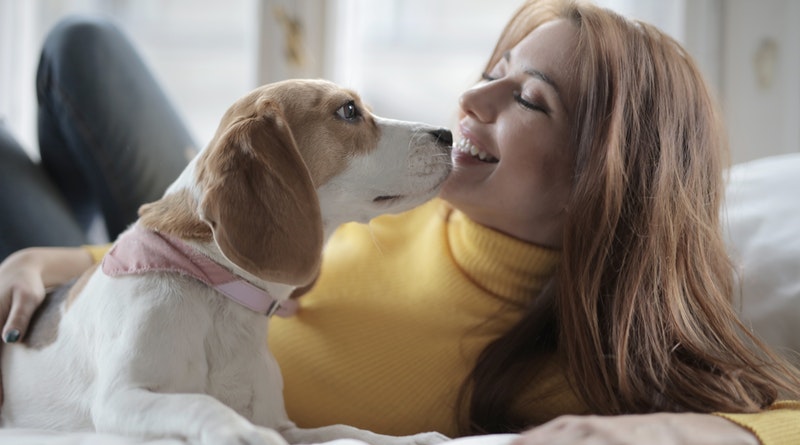Time Doesn’t Ask for Permission 7 Things That Change as Your Dog Gets Older

Dogs are faithful companions who are not with us nearly long enough. When you get a puppy, it’s hard to imagine that someday in the all-too-near future, your puppy will be a senior dog. Consequently, your time together with your dog will always be cut shorter than you hoped.
The lifespan of dogs greatly depends on its size and breed. Smaller dogs live longer while extra-large breeds, such as Great Danes, rarely make it beyond the (human) age of 10.
During the aging process, you and your dog will face many changes. One of those changes will be your dog’s diet. Since older dogs are prone to weight loss, you want to choose the right food for older dogs.
Dogs Age Much Faster Than Their Owners
A commonly held belief is that one dog year is equal to seven human years. New research suggests that’s not entirely true. Experts now say that a dog ages 15 years in the first year of their life. The rate of maturation slows after that, but a 10-year-old dog would be about 66 in human years, a senior citizen.
7 Signs Your Dog is Getting Older
Many signs of aging in dogs are similar to what aging in humans looks like. The signs can be gradual and get progressively worse or seem to appear suddenly. In all likelihood, the signs were there all along, but you didn’t recognize them.
Here are 7 things that change as your dog ages.
- Joints become stiffer, leading to difficulty walking. As we age, our joints become inflamed and achy from years of use. Dogs go through the same thing. The RASN states that 1 in 5 dogs will be diagnosed with arthritis, particularly larger breeds. Difficulty getting up off the floor and jumping are signs that your dog may have arthritis.
- Hearing and vision decline. Just like in people, the sensory cells in dogs’ eyes and ears begin to decline over time. A dog once relied upon as a watchdog may begin to miss sounds of cars approaching or their owner calling them from another room. Losing vision and hearing can be confusing and distressing for dogs.
- The fur around the muzzle turns white. Some breeds age in the face earlier than others. Larger breeds, such as Great Danes, can begin to go white around the muzzle after just two years. Conversely, not all dogs experience color changes to their fur, but their coat may become duller.
- A once-rambunctious puppy becomes calmer. Often due to arthritis and other medical problems aging dogs experience, even the wildest puppy can become calm and quiet.
- Older dogs often suffer from dental problems. Routine dental care as a puppy can help prevent dental problems, such as broken teeth and inflamed gums, later in life.
- Behavior issues related to age can begin to develop. As mentioned dogs usually become calm in their old age. However, the confusing changes and pain can sometimes cause a well-behaved dog to suddenly act out or become snippy.
- Potty accidents in the house after being house-trained for years. As dogs age, they begin to have trouble controlling their bladder. Even a completely house-trained dog can begin to have accidents in the house.
Navigating Old Age with Your Dog
Your dog will rely on you to help them navigate the changes old age brings. It’s important to remain calm when your dog does something out of the ordinary, such as urinating in the house. Fear and confusion are best met with extra love and understanding.
What's Your Reaction?
Newly middle-aged wife of 1, Mom of 3, Grandma of 2. A professional blogger who has lived in 3 places since losing her home to a house fire in October 2018 with her husband. Becky appreciates being self-employed which has allowed her to work from 'anywhere'. Life is better when you can laugh. As you can tell by her Facebook page where she keeps the humor memes going daily. Becky looks forward to the upcoming new year. It will be fun to see what 2020 holds.



